 Animals
Animals  Animals
Animals  History
History 10 Most Influential Protests in Modern History
 Creepy
Creepy 10 More Representations of Death from Myth, Legend, and Folktale
 Technology
Technology 10 Scientific Breakthroughs of 2025 That’ll Change Everything
 Our World
Our World 10 Ways Icelandic Culture Makes Other Countries Look Boring
 Misconceptions
Misconceptions 10 Common Misconceptions About the Victorian Era
 Mysteries
Mysteries 10 Strange Unexplained Mysteries of 2025
 Miscellaneous
Miscellaneous 10 of History’s Most Bell-Ringing Finishing Moves
 History
History 10 Great Escapes That Ended Right Back in Captivity
 Weird Stuff
Weird Stuff 10 Fascinating Things You Might Not Know About Spiders
 Animals
Animals 10 Animals That Humiliated and Harmed Historical Leaders
 History
History 10 Most Influential Protests in Modern History
 Creepy
Creepy 10 More Representations of Death from Myth, Legend, and Folktale
Who's Behind Listverse?

Jamie Frater
Head Editor
Jamie founded Listverse due to an insatiable desire to share fascinating, obscure, and bizarre facts. He has been a guest speaker on numerous national radio and television stations and is a five time published author.
More About Us Technology
Technology 10 Scientific Breakthroughs of 2025 That’ll Change Everything
 Our World
Our World 10 Ways Icelandic Culture Makes Other Countries Look Boring
 Misconceptions
Misconceptions 10 Common Misconceptions About the Victorian Era
 Mysteries
Mysteries 10 Strange Unexplained Mysteries of 2025
 Miscellaneous
Miscellaneous 10 of History’s Most Bell-Ringing Finishing Moves
 History
History 10 Great Escapes That Ended Right Back in Captivity
 Weird Stuff
Weird Stuff 10 Fascinating Things You Might Not Know About Spiders
10 More Places Around The World You Wouldn’t Want To Live
It is as yet impossible to determine the world’s oldest city, but the settlement of Jericho is often described as a strong candidate, with signs of occupation dating from 11,000 years ago. With the subsequent millennia to perfect such intricacies as sanitation, transport, and resource distribution, it seems as though mankind should be living in veritable utopias, where no man wants for anything.
Unfortunately, in many ways we have hardly progressed past our Neolithic ancestors. Many of today’s cities are crowded centers of poverty, disease, and unimaginable brutality. In a world of fathomless technology, far too many people struggle just to stave off the grinding of starvation.
10New Orleans
USA
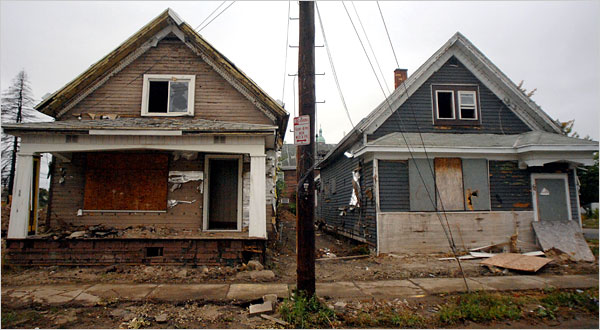
Although it received heavy press coverage, the devastation Hurricane Katrina visited on the city of New Orleans was unimaginable for those that did not experience it firsthand. Although most of the city was evacuated before the hurricane, many remained to ride out the chaos. Nearly 1,500 people were killed, with many others reported missing. Waterlogged corpses lined the streets.
Although most of the city has been repaired and many residents have returned, there are still blighted neighborhoods tucked away from the lively tourist scene on Bourbon Street. Crime is an everyday reality. While the police have reported a significant drop in some violent crime, rape has been on an upswing throughout 2013. Louisiana as a whole has the highest murder rate and prison population per capita of any state in the US, much of it occurring in New Orleans. On Mother’s Day 2013, gunfire erupted at a parade, wounding 20 people.
9Spanish Town
Jamaica
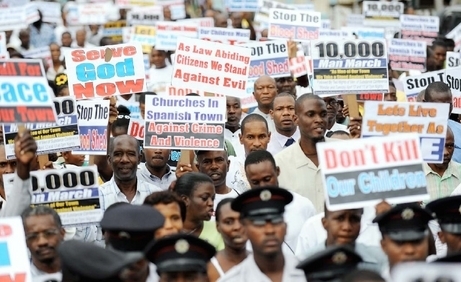
The most violent city on an island long infamous for its high murder rate, the slums of Spanish Town are home to some 160,000 residents. The streets are blighted by thugs such as the One Order, Klansman, and Unity gangs, who battle each other viciously for extortion rights against local businesses, sometimes targeting innocent relatives in a nasty war of attrition. After a record year of violence in 2011 that saw 178 murders, the police have greatly increased their presence in Spanish Town, leading to a drop in homicides. However, the police have reported increases in other crimes, such as rape and robbery.
8Mogadishu
Somalia
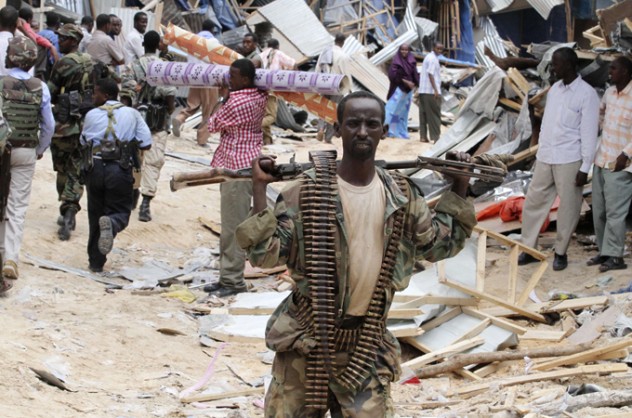
Somalia has been a hotbed of famine, political unrest and civil war for decades, and nowhere has the strife been more acutely felt than the capital of Mogadishu. UN peacekeeping missions in the early 1990s proved a complete disaster, culminating in incidents like the Battle of Mogadishu (dramatized in the film Black Hawk Down), which resulted in the deaths of 20 UN troops and untold hundreds of Somalis. The UN withdrew completely from the area entirely in 1995, leaving the city to be fought over by a cast of warlords, pirates, and Islamic extremists.
In July 2013, members of the Islamic militant group Al-Shabaab, which boasts ties to Al-Qaeda, detonated a car bomb outside Mogadishu’s Turkish embassy. The attack resulted in six deaths and nine injuries, only the latest in a series of such incidents. Al-Shabaab also claimed responsibility for the September 2013 Westgate Shopping Mall shooting in Nairobia, Kenya, that left at least 72 dead.
7San Pedro Sula
Honduras
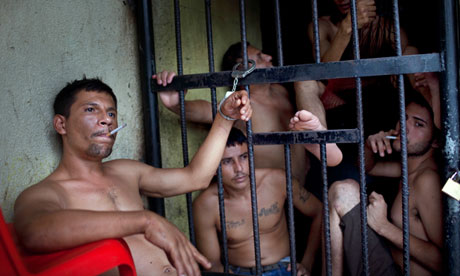
According to the Mexican think tank Citizen Council for Public Security, Justice, and Peace, which examines homicide rates around the world (discounting the war zones of the Middle East), the city of San Pedro Sula has earned the unfortunate distinction of being the world’s murder capital in both 2012 and 2013. At 169 homicides per 100,000 people, the overtaxed police force is quite used to seeing corpses. Like Mexico’s Ciudad Juarez, the city from which it wrested the murder capital title, many of the deaths in San Pedro Sula are tied to the drug trade. The police have frequently been labeled corrupt and most crimes go unprosecuted. According to a travel warning posted by the US State Department, 18 American citizens have been killed in Honduras since 2011, and not a single one of those cases has been solved.
6Norilsk
Russia
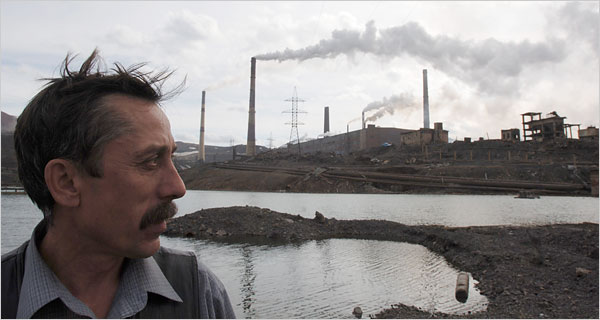
The city of Norilsk, Russia sits in the arctic Siberian wasteland, settled in the late 1920s as part of the Soviet gulag labor camps. Later it would become a center for mining and smelting nickel ore. Thousands perished in Norilsk over the years, succumbing to the elements, accidents, and exhaustion. During World War II, when all of Russia’s resources were diverted to the front lines, starvation was rampant. Each year, when the summer thaw comes, bones from these victims are exposed. The body count is unknown, lost to apathy and Soviet bookkeeping.
Today, Norilsk is reputed to be one of the most polluted places on earth. Acid rain, from the smoke clouds churned out by the smelting plants, has left a sort of dead zone around the city. It has been said that there is not a single living tree within 50 kilometers (30 mi) of Norilsk. The snow is black and life expectancy is pitifully low, even for Russia. In the winter, temperatures rarely creep above -17 °C (0 °F).
5Port Moresby
Papua New Guinea
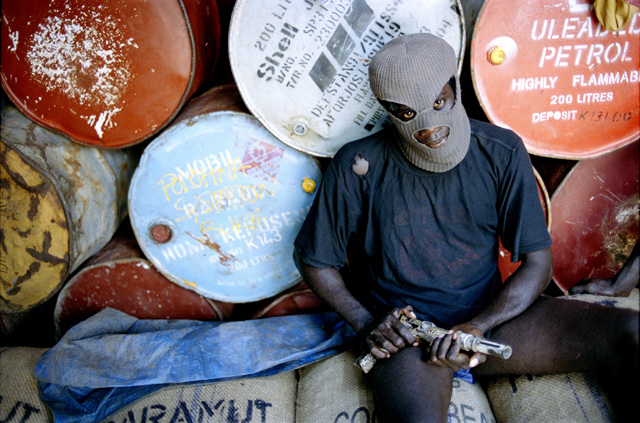
Port Moresby is the capital of Papua New Guinea, a nation at odds with itself. The country boasts one of the fastest-growing economies in the world, and yet it is in many ways a land of ancient tribal mentalities. Crimes against women are common, with chilling tales of gang rapes and murders for those accused of “sorcery” leaking out to the media. Medecins Sans Frontieres found 70 percent of women in Papua New Guinea had been raped or assaulted. Gangs called “Raskols” rule the streets, resorting to crimes like armed robbery to get by in areas plagued by unemployment. Tensions between warring tribal groups have led to murder and arson. Contamination of food and drinking water has even led to deadly outbreaks of cholera.
4Harare
Zimbabwe
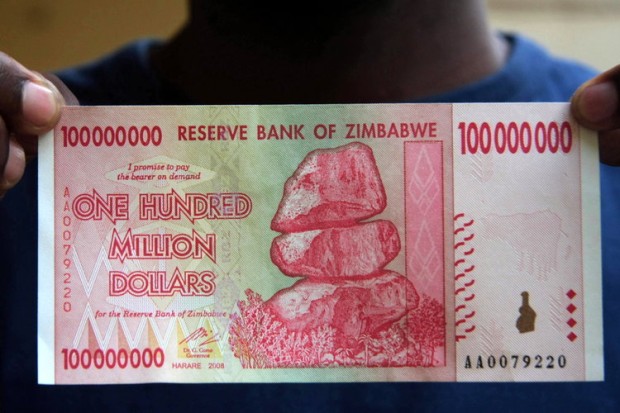
Three decades of erratic rule by dictator Robert Mugabe has left Zimbabwe’s economy in tatters. Mugabe’s campaign against white farmers sent the nation into a free-fall of hyperinflation. A Zimbabwean dollar, worth about $1.25 US in 1980, was worth less than the paper it was printed on 20 years later. By November 2008, inflation had reached a staggering 79.6 billion percent. Soon thereafter, Zimbabwe began using primarily American currency. Due to the flagging economy, robberies are quite prevalent, ranging from purse-snatching to sticking up cars at intersections.
Zimbabwe’s capital city of Harare is consistently ranked among the worst cities in the world. Prolonged blackouts are the norm, as the government cannot meet the demands for electricity. Water supplies are also known to run perilously low.
3Caracas
Venezuela
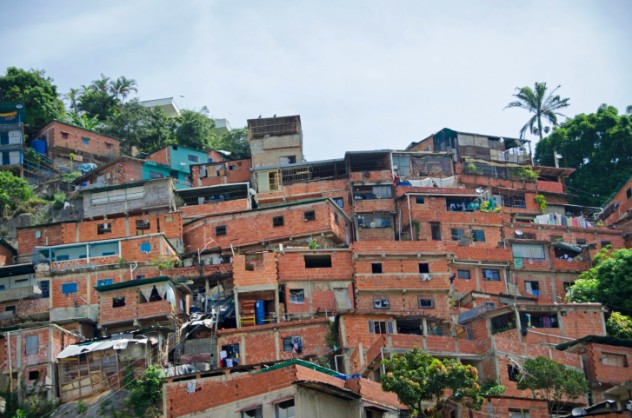
Like most countries with vast oil reserves, very little of Venezuela’s wealth trickles down to its citizens. Government corruption is rife, and Venezuela is a common trafficking route for Colombian cocaine. In 2005, Venezuela severed ties with the US Drug Enforcement Agency, and its cocaine exports have since skyrocketed. There is some indication this traffic is being facilitated by corrupt members of the military.
The capital city of Caracas is overrun with crime. According to the Venezuelan Violence Observatory, Caracas sees 122 homicides per 100,000 inhabitants. The outskirts of the city, the dirt-poor “barrios,” may be even worse. US Embassy employees are not permitted to travel to these areas. One favorite tactic of the local gangs is to set up fake police roadblocks, where people can be robbed and kidnapped.
2Dhaka
Bangladesh
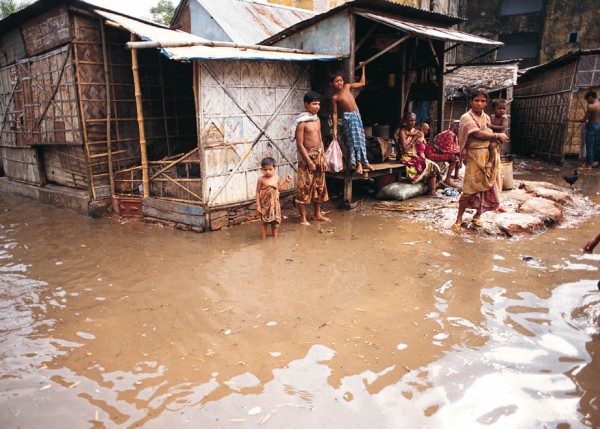
Dhaka, Bangladesh is consistently rated as one of the least livable cities in the world, and for good reason. The rural areas of the country are emptying out at an alarming rate, and Dhaka’s population growth of around 500,000 people per year is straining the city’s crumbling infrastructure. Sanitation is a serious issue, with moldering piles of garbage and human waste clotting the streets. The air is thick with smog from cars and industrial plants—causing respiratory ailments like asthma. Many buildings throughout the city are decrepit and unsafe; on April 24, 2013, the Rana Plaza building collapsed just outside Dhaka, burying at least 900 corpses in the rubble.
1New Delhi
India
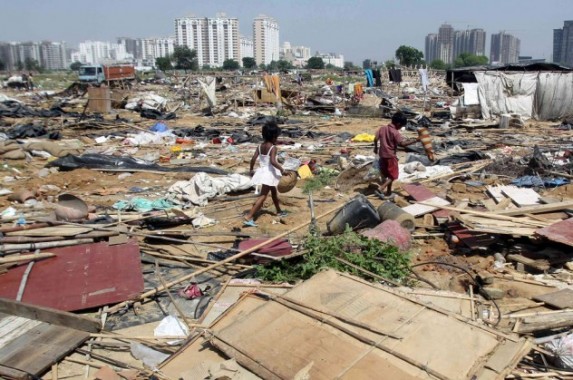
Delhi is one of the most polluted cities in the world. Hot and overcrowded, many residents suffer crippling poverty. The vast majority of people get by on less than a dollar a day. The poverty level, as designated by India’s Planning Commission, are those poor souls who earn less than $0.47 US in urban areas or $0.38 US in rural areas. As in China, women are often seen as second-class citizens. Rape is unfortunately common and most go unpunished. Sex crimes have been sadly common in India for a long time, but recent high-profile cases have brought the issue into the spotlight. Those who have been so victimized are often driven to commit suicide. Delhi is also the target of bombings by Islamist extremist groups like Jaish-e-Mohammed and the Indian Mujahideen. On September 7, 2011, a bomb outside the Delhi High Court resulted in a dozen fatalities and scores more injured.
Mike Devlin is an aspiring novelist.








